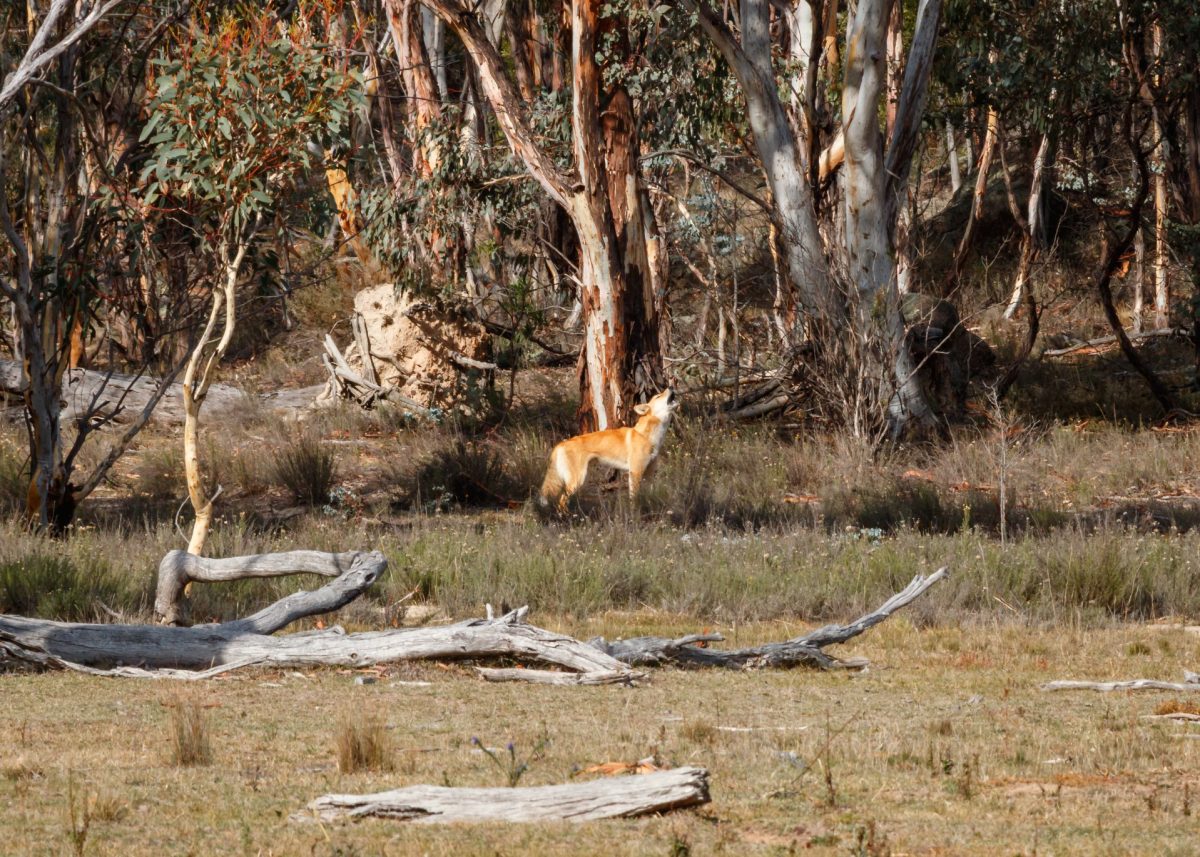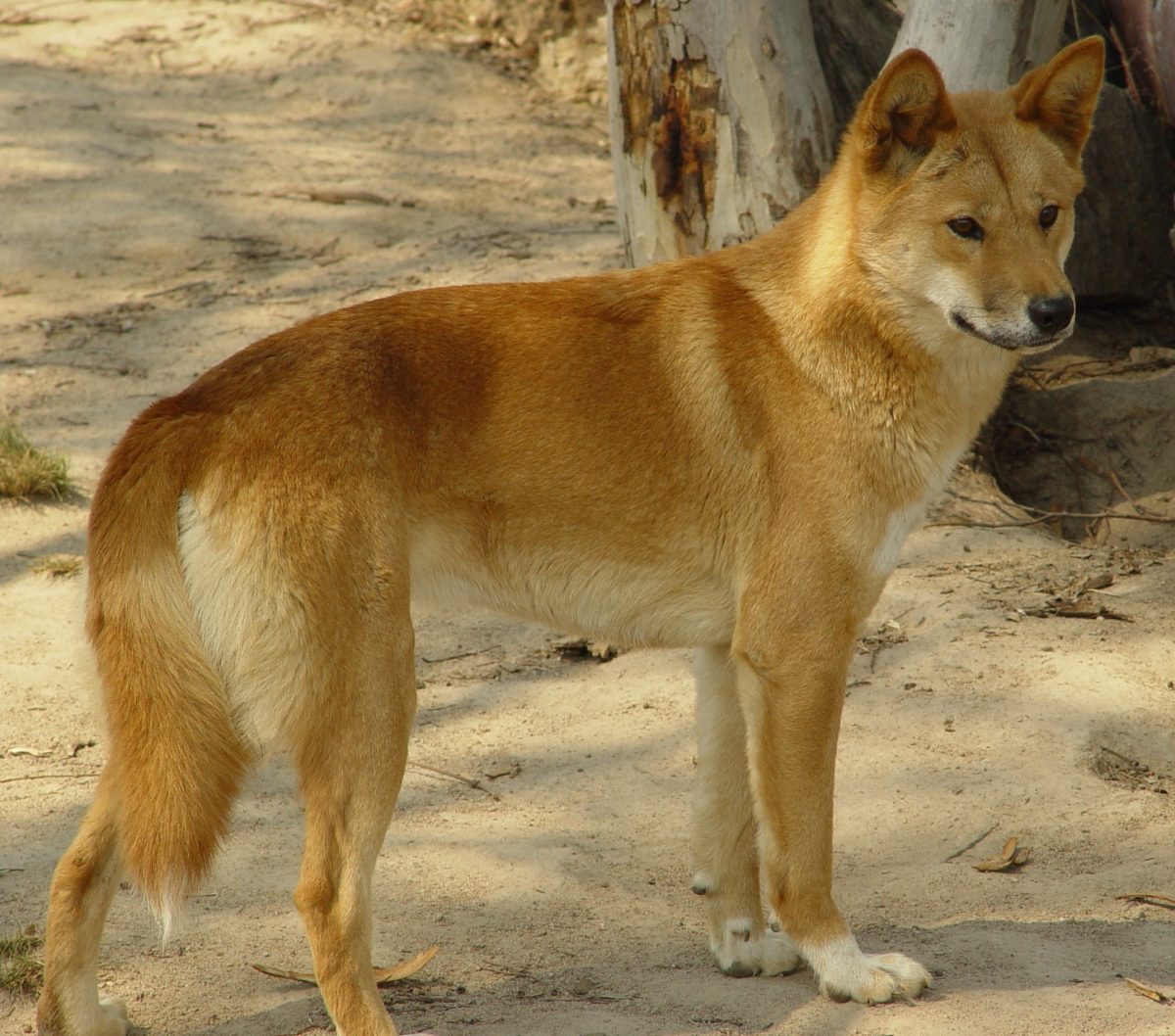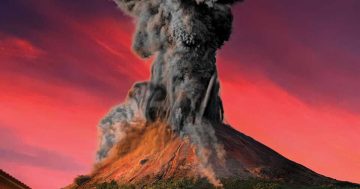
Dingoes like this one in Namadgi’s Gudgenby Valley are broadly labelled as ‘wild dogs’ along with hybrids and non-native canids. Photo: Darrel Kolskyk.
Known to the local Ngunnawal people as ‘Mirigang’, dingoes have represented resilience and protection for First Australians in society and dreaming ‘since the first sunrise’.
Within Ngunnawal family groups, they provided an effective hunting aid, a living blanket and protection while men were away for hunting or ceremony.
Wild Mirigang also held great value traditionally because their migration pathways and footprints led to waterholes, food sources and neighbouring nation groups.
But despite their spiritual importance, national symbolism and contribution to ecological health, these native canids have been the centre of hot debate for decades.
University of New South Wales (UNSW) Professor Mike Letnic believes discourse surrounding the Mirigang’s identity is partly to blame.
“We know dingoes are closely related to dogs and interbreeding is possible, but there is very little evidence for it being common,” he says.
“For a long time there was worry that Australia would lose our pure dingoes to hybridisation. This led to the labelling of all non-domesticated canids as wild dogs, dingo or not.
“Since the 1990s we have used a test that looks at 23 genetic markers to determine purity. Earlier in the year, UNSW released a study informed by new technology capable of testing 195,000 markers, which confirmed rates of purity were far higher than previously thought.”
Far higher indeed – research in Victoria showed the proportion of pure local dingoes was slightly more than 87 per cent. With corrections like this more common than not, researchers want to see a more specific description for dingoes used in policy.

Among the purest in Australia, Namadgi dingoes were featured by Sir David Attenborough during his ‘Seven Worlds, One Planet’ series in 2019. Photo: Dr Renee Brawata.
Senior ecologist at ACT’s Office of Natural Conservation, Dr Renee Brawata details two research projects funded by the office. Both starting this year in Namadgi National Park, the studies look closely at the Mirigang’s role in local ecology.
“PhD candidates from the University of Sydney and UNSW are both using Namadgi Mirigang to inform their research,” she says.
“From Sydney, Rhys Cairncross aims to use carrion as a tool to assess ecological health and food web function, supervised by Dr Thomas Newsome. Part of the project looks at how apex predators (dingoes) influence scavenging dynamics and the wider effects of that influence on the ecosystem.
“UNSW’s James Vandersteen is investigating the effects of baiting control programs in Namadgi on local dingoes, food chains and other species’ behaviour, supervised by Professor Mike Letnic.”
Dr Brawata says Namadgi dingoes are some of the most genetically pure in southeast Australia, but the function of these animals in their natural environment deserves just as much attention as their DNA, if not more.
“We know without a doubt that dingoes play a very functional role in their environment,” she says.
“As a keystone species they control herbivores and are a huge part of keeping our park clean, especially following large-scale control of pests like boar and deer. Evidence suggests a robust population can even help keep fox and feral cat numbers down.
“Their importance in traditional culture and value to our ecosystem should be recognised and carefully considered. It’s more important than ever to treat Mirigang as a friend, not foe.”












